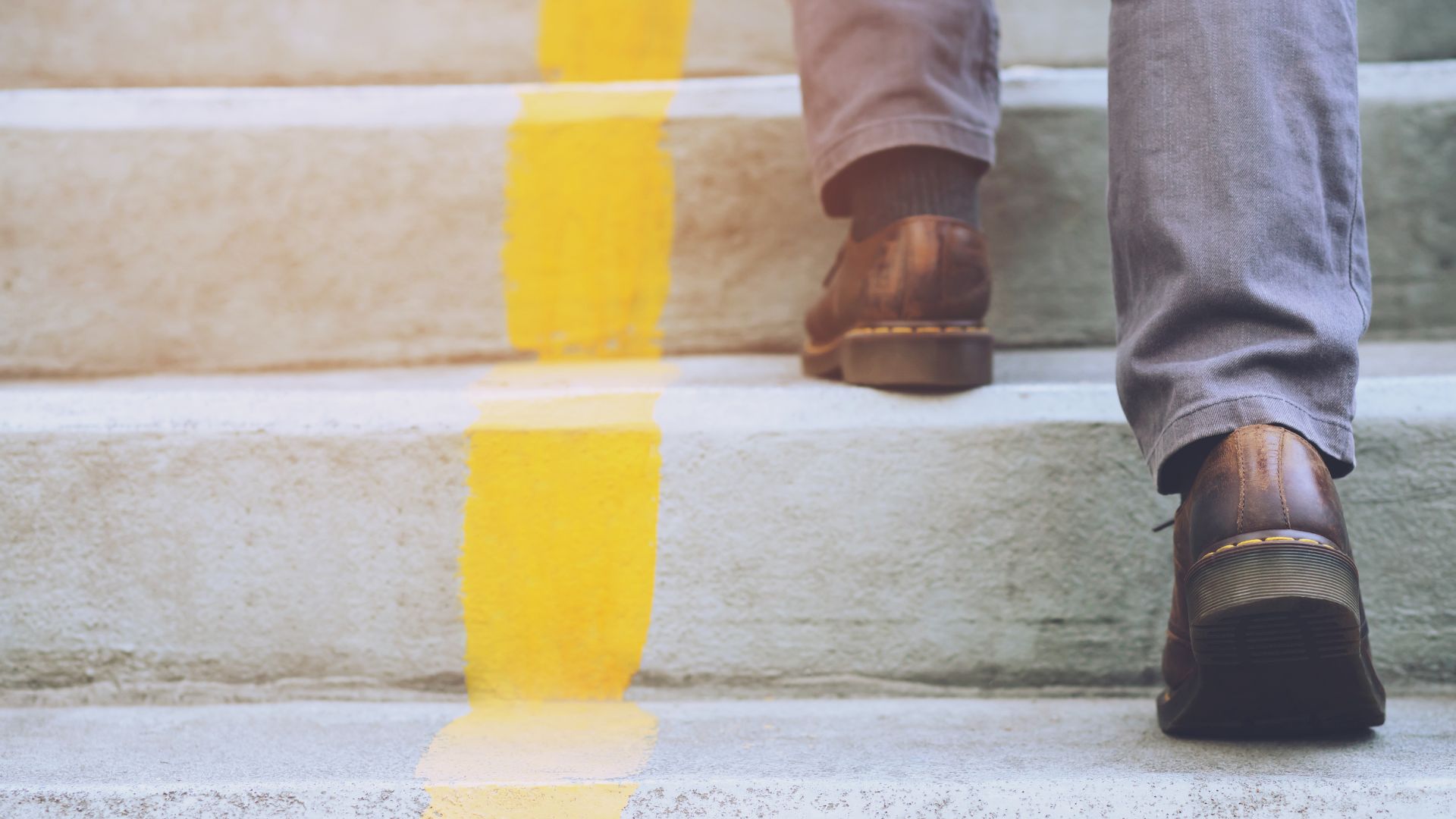Motion
Legs in Motion, Brain in Motion

When you hear about exercise and movement, what comes immediately to your mind?
Is it perhaps a gym? Someone running? Someone at the gym? Hikes? Bikes?
I don’t know about you, but usually the words “exercise” and “movement” bring all those images to my mind. And most of the time, exercising has an underlying purpose. For some, it might be to stay generally healthy. For others, it might be losing weight, toning muscles, and feeling energetic. There are also, of course, those who exercise to address a health concern. Maybe is high cholesterol, high blood pressure, or high blood sugar. However, how many of you can, sincerely, think of exercise or movement and immediately think about your brain?
I am guessing that if I asked this question in a room full of people, I may not see many hands up. Yes, there are those of us who exercise to keep our minds (not our brains) in good shape. But I am talking here about our brain. The organ that is the orchestra director of our body.
What does recent research show?
With the recent focus of doctors (and patients) on longevity, some of the conversations and research have turned into understanding our brain as the powerful organ that uses at least 1/3 of the total energy we use daily and the one that directs everything that happens in our bodies. So, it seems right to assume that there must be something we can do to maintain our brains in good health as we get older.
Eating right, keeping our brains engaged, and using mindfulness techniques, are certainly fantastic ways to begin. But what about exercise? And more importantly, what is the type of exercise that will help keep our brains in tip-top shape?
Recent research published in Frontiers of Neuroscience suggests that leg exercise is critical to the brain and nervous system’s health. More specifically, as reported by Science Daily the research shows “that using the legs, particularly in weight-bearing exercise, sends signals to the brain that are vital for the production of healthy neural cells, essential for the brain and nervous system. Cutting back on exercise makes it difficult for the body to produce new nerve cells — some of the very building blocks that allow us to handle stress and adapt to challenges in our lives”.
Drs. Dean and Ayesha Sherzai, renowned neurologists who focus their work on Alzheimer’s research and prevention, have also spoken about the importance of leg exercises for purposes of maintaining brain and cognitive health. In their book The Alzheimer’s Solution, they dive deeper into this topic and highlight how research has shown that leg strength is correlated with better cognitive function.
It seems that while exercise has many benefits for our overall health, our brain can see extraordinary improvements if we focus some of our attention on building stronger legs.
Do you need a gym?
If you are now thinking that you need access to all that complicated machinery in the gym to reap all the benefits of leg strength training, I can tell you that it is not as complicated or as financially expensive as you think.
First of all, if you don’t like going to a gym, don’t have access to one, or simply don’t want to invest in a monthly membership, you can still build strong legs at home and even in your office.
In fact, as Dr. Dean and Ayesha Sherzai indicated in their book “You don’t need to do barbell squats with fifty-pound weights to experience this benefit – just strengthening the legs with partial squats holding on to a chair has a significant positive effect on the brain”.
Let’s take a look at a few options
Take the stairs. Do you want stronger legs? Then use them to go up. Your quads will thank you.
Try holding a sitting position against the wall. This is perhaps my favorite. You can even do it at your office while on a call or at home while watching your favorite show (sometimes multitasking is ok!).
Try doing some squats on a chair. Again, easy to do at home or at the office.
Are you familiar with mini-bands? Well, these are perhaps the best tools in your toolbox! They are easy to transport (so no excuses) and the exercises can be as tough or as light as you want providing great results by helping isolate muscles (big and small).
If you happen to have dumbbells at home then YouTube can be your greatest ally! There are thousands of short videos of leg-strengthening exercises you can do at home with very little time.
Can you strengthen your legs by doing cardiovascular activities? Absolutely, hill repeats for the runners or the bikers are fantastic. If you like to swim, then try using a kickboard to give a break to your arms and work on your core and legs.
Conclusion
It is easy to overcomplicate things by believing that a gym and expensive equipment will give you the results you are looking for when it comes to strengthening your legs. The reality is, however, that it is the consistency with which you do your leg exercises that will render the best outcome. Simplify it. Use whatever is available to you at home or at work, make it simple but consistent. Your legs and your brain will thank you!





